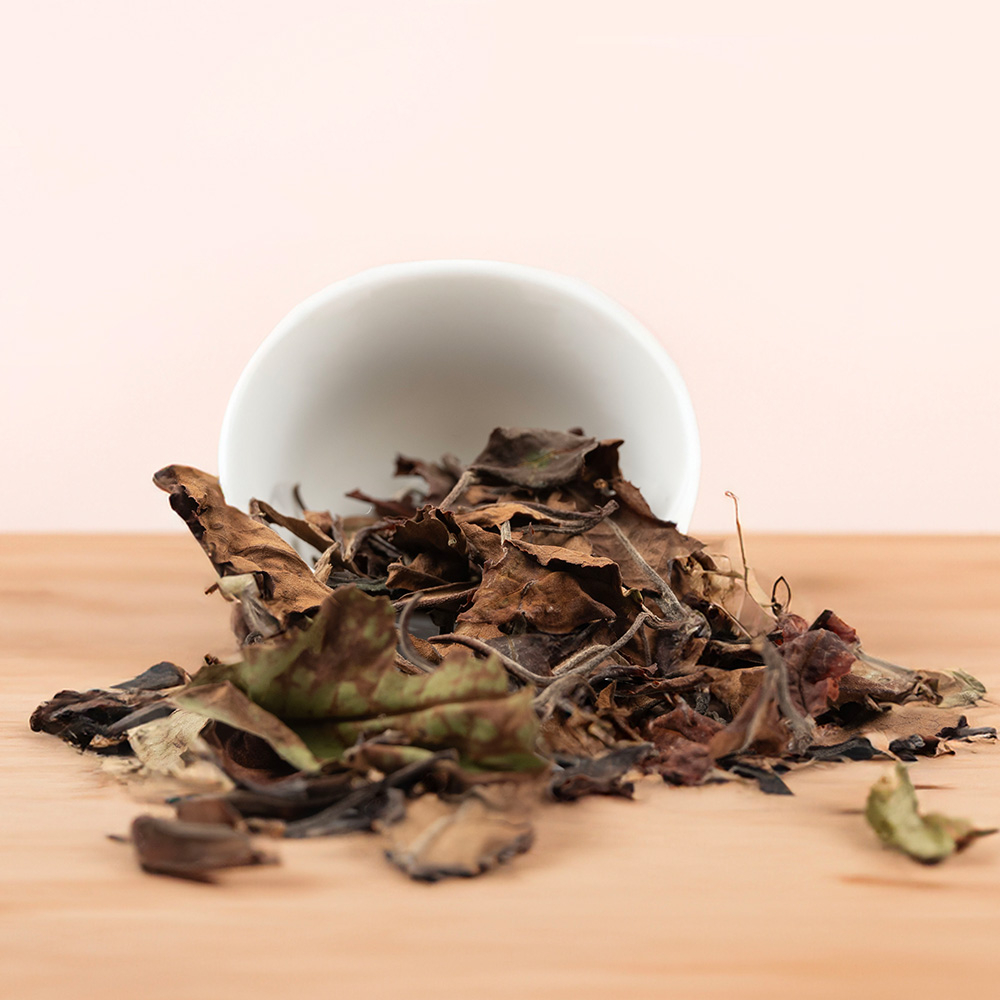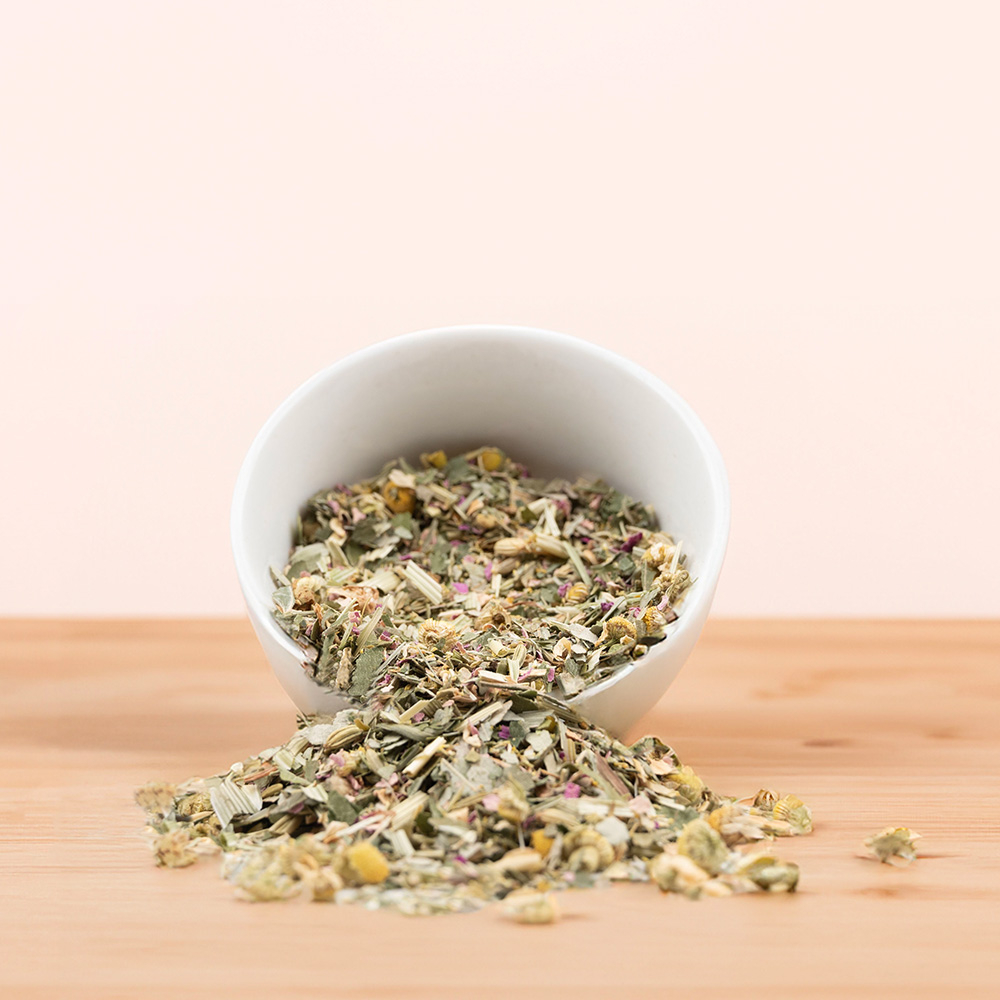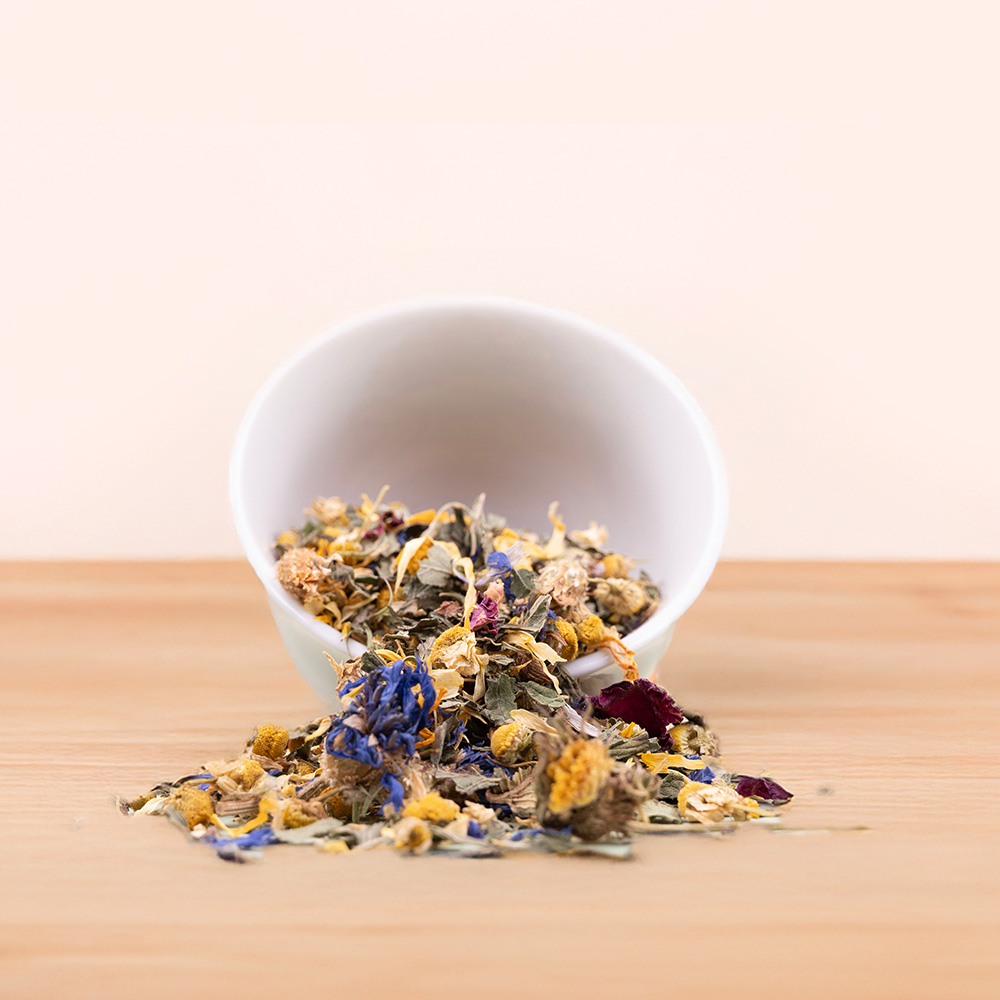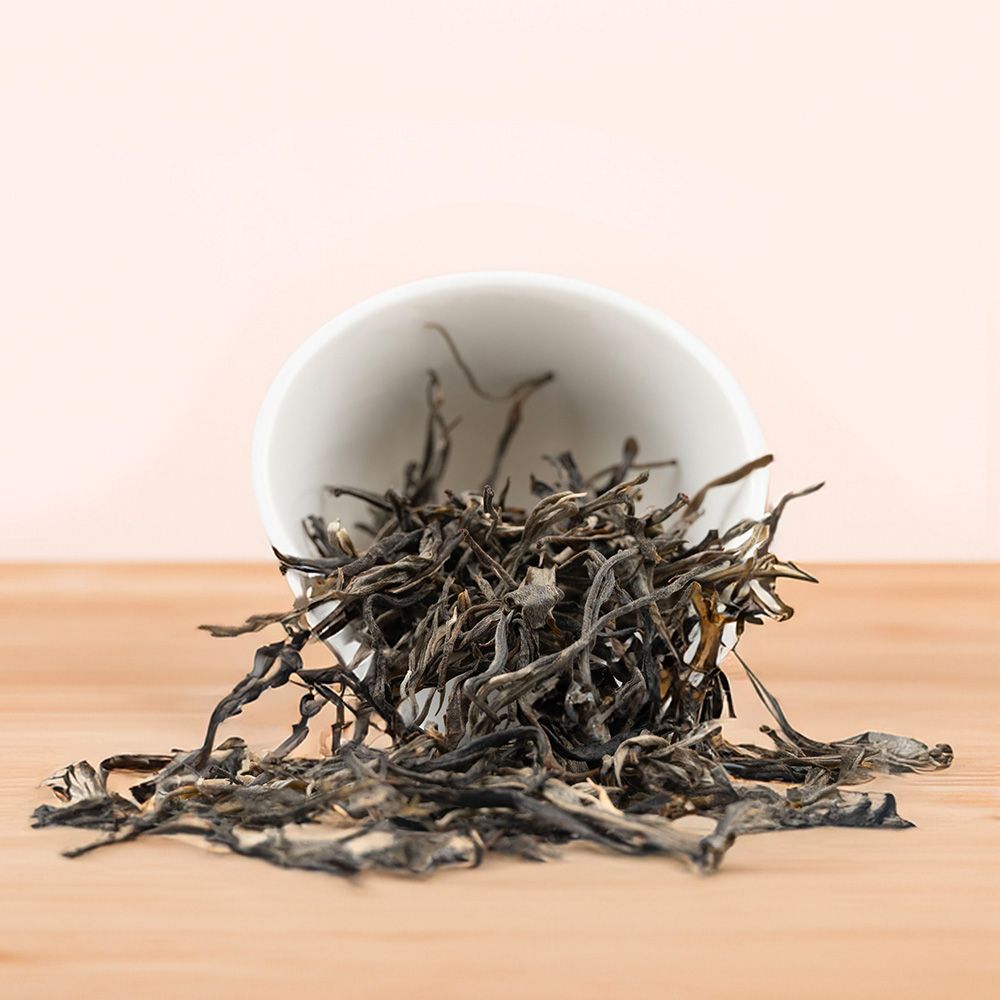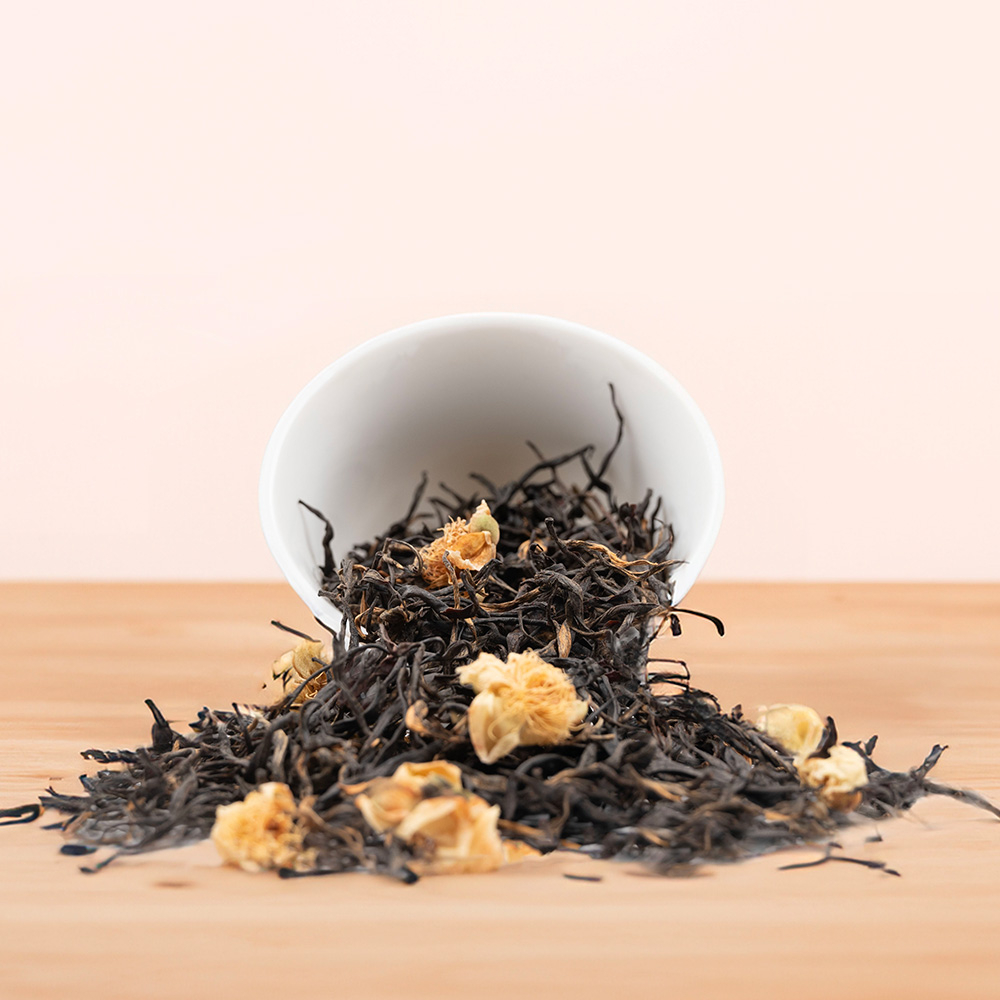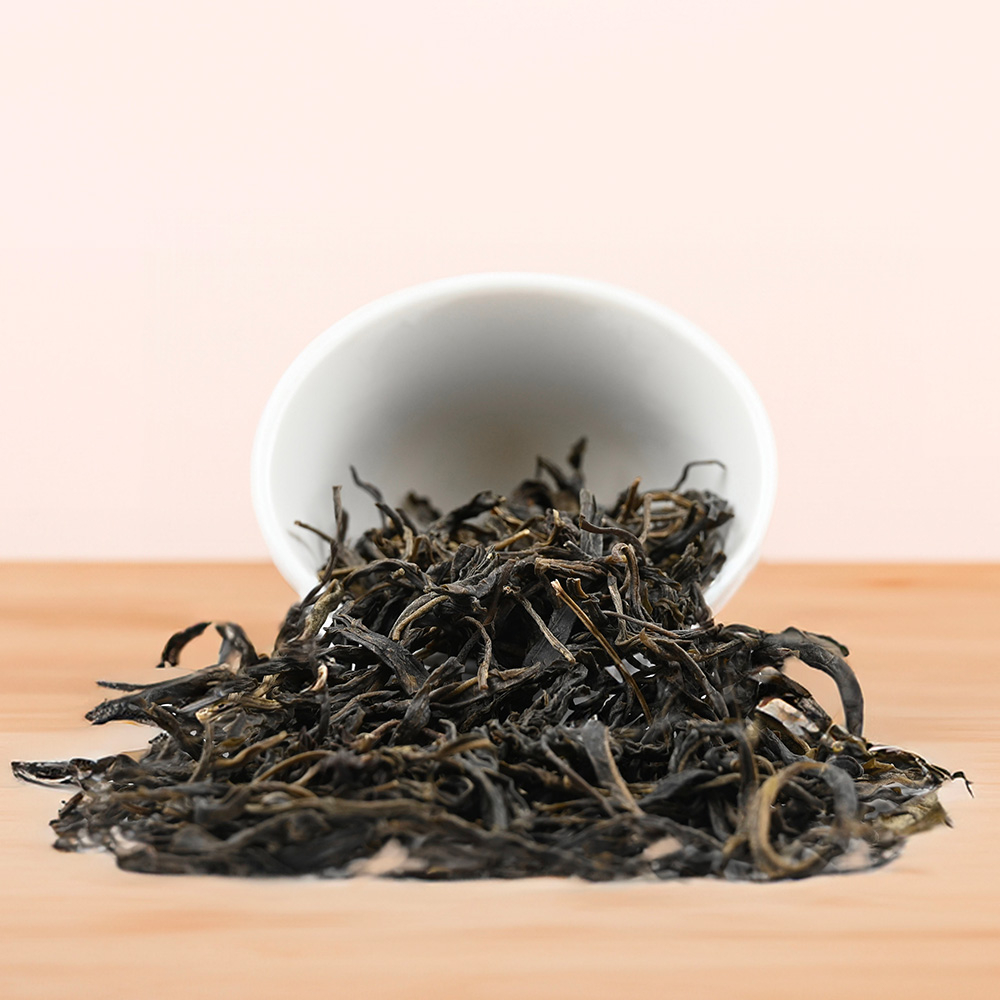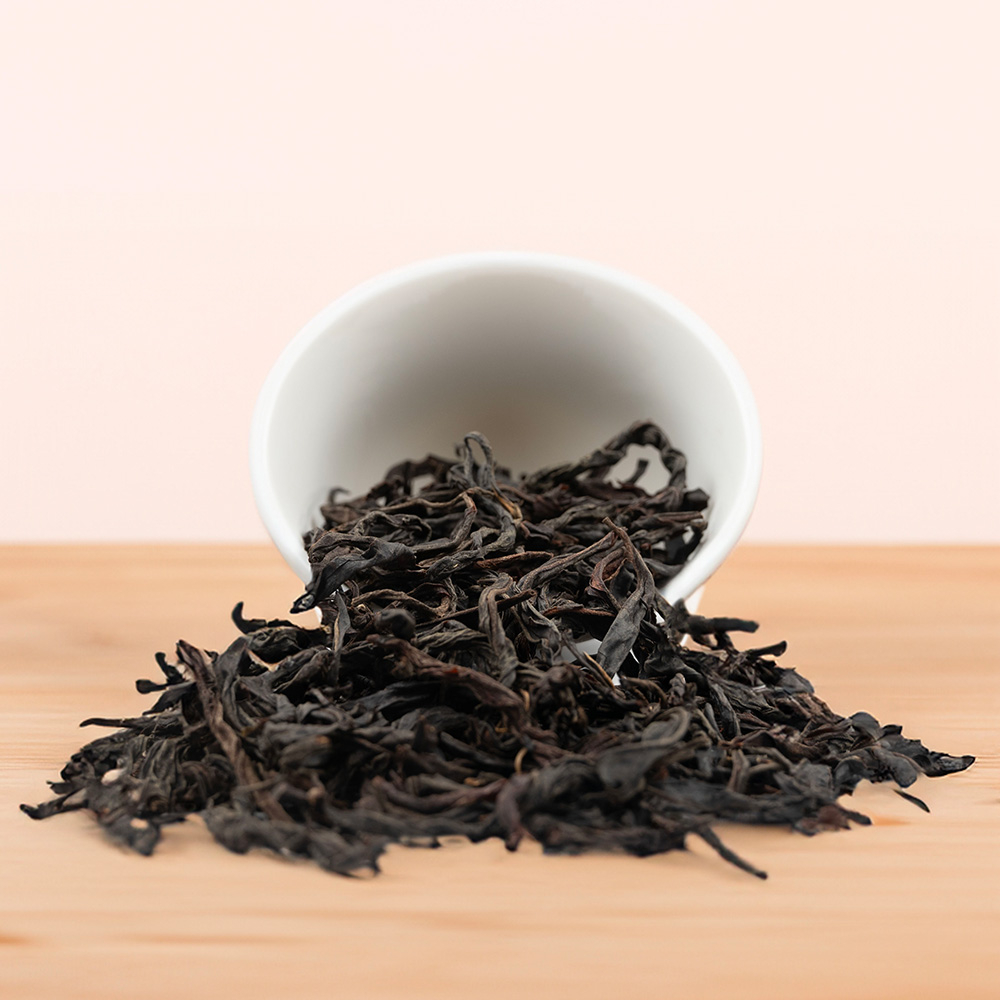A Flavorful and Medicinal Treasure
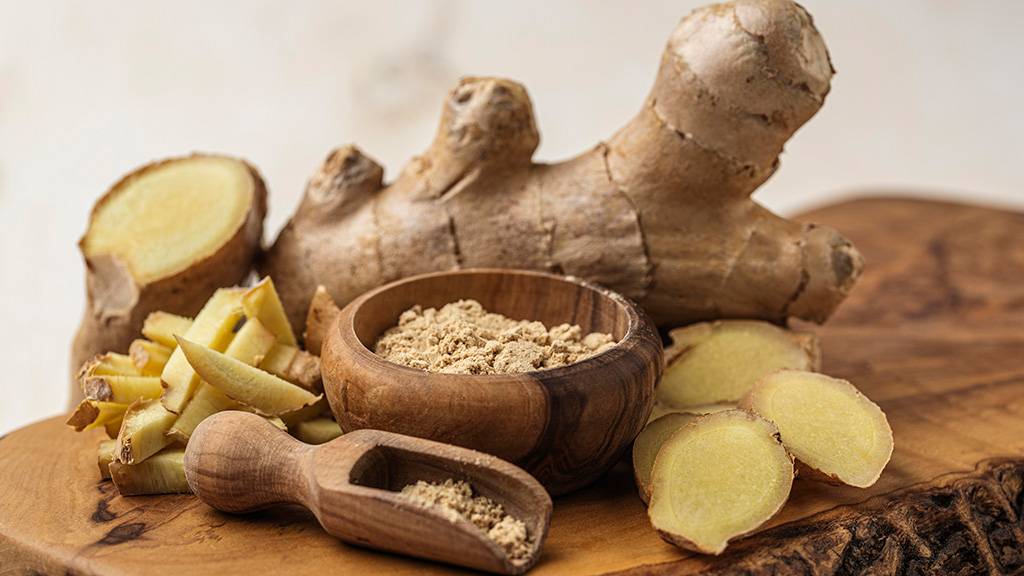
Ginger, the aromatic rhizome of the Zingiber officinale plant, which is closely related to other strong-flavored plants including cardamom and turmeric, has been a staple in kitchens and medicine cabinets for centuries. Originating in South Asia, ginger tea is now produced mainly by China and India although it is also cultivated in the Caribbean, East Africa, Sri Lanka, Nepal, Brazil and Jamaica, and so on.
Renowned for its unique flavor and potent medicinal properties, ginger has earned its place as a versatile and indispensable ingredient. From spicing up culinary delights to a warm, zesty drink offering a myriad of health benefits, let’s dive into the fascinating world of ginger.
History
The first documented reference to ginger is found in the Analects, written during China’s Warring States period (475–221 BCE), where Confucius is said to have incorporated ginger into every meal. As early as 406, the Chinese monk Faxian highlighted its cultivation in pots and its use on ships to prevent scurvy.
During the Song Dynasty (960–1279), ginger made its way into China from southern regions. The spice’s journey continued as it travelled westward, introduced to the Mediterranean by the Arabs and documented by influential writers like Dioscorides and Pliny the Elder. Ptolemy’s notes in 150 mentioned ginger production in Ceylon (Sri Lanka).
In the Roman Empire, ginger, often coupled with its relative galangal, became part of exclusive herbal remedies for the affluent, specifically addressing kidney issues.
The Middle Ages witnessed a surge in ginger importation into Europe, coinciding with a shift in European tastes towards its culinary virtues. Described in official pharmacopoeias, ginger became not just a luxury for the wealthy but a staple, with its value evident in 14th century England, where a pound of ginger was priced as high as a sheep.
Harvesting
Ginger harvesting is typically done when the plant begins to wither, indicating that the rhizome, or ginger root, is ready for harvest. Once harvested, the ginger root undergoes a washing and scraping process to remove dirt and outer layers, preventing new growth.
Consumers can find fresh ginger roots in grocery stores, ensuring their smoothness and absence of wrinkles, as these characteristics signify freshness and better flavor.
Whether selecting fresh ginger or other options, individuals can enjoy the versatility of incorporating ginger into various culinary delights or brewing their own flavorful ginger infusion.
Taste
In addition to being a popular choice for ginger infusion, the plant boasts a versatile taste that adds a unique and dynamic flavour profile to various culinary creations. Its spicy and fragrant notes can be intense for new palates, but the addition of lemon or honey provides a delightful balance to temper the spice.
Described as warm, peppery, and sweet, ginger’s piquant aroma complements both sweet and savoury dishes. Common culinary uses include incorporating fresh or ground ginger into stir-fries, curries, marinades, sauces, and desserts, enhancing the overall taste with its distinctive and invigorating presence.
Health Benefits & Medicinal Uses
Immune System Boost:
Packed with antioxidants, ginger provides crucial support to the immune system by combating oxidative stress and reducing inflammation. A comforting cup of ginger tea, rich in gingerol and shogaol, offers an immune-boosting beverage during cold and flu seasons. The antibacterial properties of ginger tea contribute to fighting off disease-causing bacteria, while the spicy kick aids in loosening chest congestion and soothing a sore throat. Additionally, ginger’s high levels of vitamin C and magnesium enhance its effectiveness in kicking colds faster.
Anti-Inflammatory Properties:
Ginger’s active compounds, particularly gingerol, contribute potent anti-inflammatory and antioxidant effects, positioning it as a natural remedy for conditions like arthritis. Regular consumption of ginger holds the potential to diminish joint pain and enhance overall joint function. Studies emphasizing its anti-inflammatory effects showcase a reduction in inflammation markers and the alleviation of osteoarthritis pain.
Pain Relief:
Ginger’s anti-inflammatory properties extend to pain relief, offering a natural alternative for reducing muscle pain and soreness. Studies indicate its efficacy, positioning ginger as a potential substitute for over-the-counter pain medications. Whether associated with exercise, chronic diseases, or conditions like arthritis and osteoarthritis, ginger tea may help alleviate pain, as demonstrated by studies focusing on osteoarthritis sufferers experiencing marked reduction in knee pain.
Digestive Aid and Potential Metabolic Benefits:
It functions as a digestive aid by stimulating saliva production and suppressing gastric contractions, providing relief from indigestion and bloating. Studies affirm ginger’s positive impact on gastrointestinal motility, influencing the pace of food exiting the gastrointestinal tract and addressing dysrhythmia, a condition impairing food movement through the digestive-system.
Vitamins and Minerals Source:
Regularly sipping ginger tea enriches the diet with essential vitamins and minerals, including vitamin C, vitamin B6, magnesium, potassium, copper, manganese, and fibre. These nutrients play vital roles in bodily functions, such as iron absorption, tissue health maintenance, and support for nerve and muscle function.
Treatment for Nausea and Vomiting:
Ginger’s historical use in alleviating nausea is supported by scientific studies, particularly in pregnancy, chemotherapy, and post-anesthesia vomiting. It has been used for centuries to address morning and motion sickness also.
Supports Blood Circulation:
Ginger tea’s vasodilator properties enhance blood circulation, reducing the risk of blood clots and heart disease. By opening blood vessels, ginger facilitates smoother blood flow, and its compounds, gingerol and zingerone, act as warming agents that promote increased circulation. Additionally, ginger’s ability to block fat absorption contributes to heart health by limiting artery build-up.
Regulates Blood Sugar and Supports Healthy Cholesterol Levels:
Ginger tea shows promise in regulating blood sugar levels, providing supportive measures alongside traditional diabetes medications. Additionally, its positive impact on lowering triglycerides and LDL cholesterol highlights ginger’s role in promoting cardiovascular health.
Supports Brain Health:
Ginger tea emerges as a potential ally in brain health, with studies indicating cognitive improvement, dementia treatment, and potential prevention of neurological diseases. The anti-inflammatory and antioxidant properties of ginger contribute to reducing oxidative stress associated with degenerative conditions, offering protective benefits for brain health.
Respiratory System Support:
Ginger tea serves as a soothing remedy for respiratory issues, particularly allergies, by preventing immune system overreactions that lead to symptoms like wheezing and watery eyes. The compound 6-gingerol in ginger blocks T-cell activation, addressing the immune system’s exaggerated responses.
Although research is limited, some studies indicate ginger’s potential as an antihistamine, reducing nasal congestion and sneezing. Additionally, ginger supports lung health by eliminating mucus, clearing airways, and reducing inflammation, offering relief from symptoms like chest constriction.
Disclaimer: While ginger tea is generally safe with plenty of potential health benefits, caution is advised. Consult healthcare providers for proper treatment, especially with pre-existing conditions.
How to Brew Ginger
Ginger is available in various forms, including raw ginger, powder, tea bags, or loose leaf blends. If using raw ginger, grate about 1 teaspoon for one cup. Boil water and add it to the grated ginger, allowing it to steep for approximately 10 minutes for maximum benefits. To enhance the flavor, consider adding sweeteners like lemon, honey, or maple syrup to achieve a balanced taste.
Experiment with variations such as lemon ginger tea or masala chai by incorporating ingredients like cardamom pods, black peppercorns, cinnamon sticks, or cloves.
Explore our diverse ginger-infused herbal teas, such as Ginger Bliss and Chamomile Ginger (Nepal) from Tea Kulture, for unique and delightful caffeine-free options!
